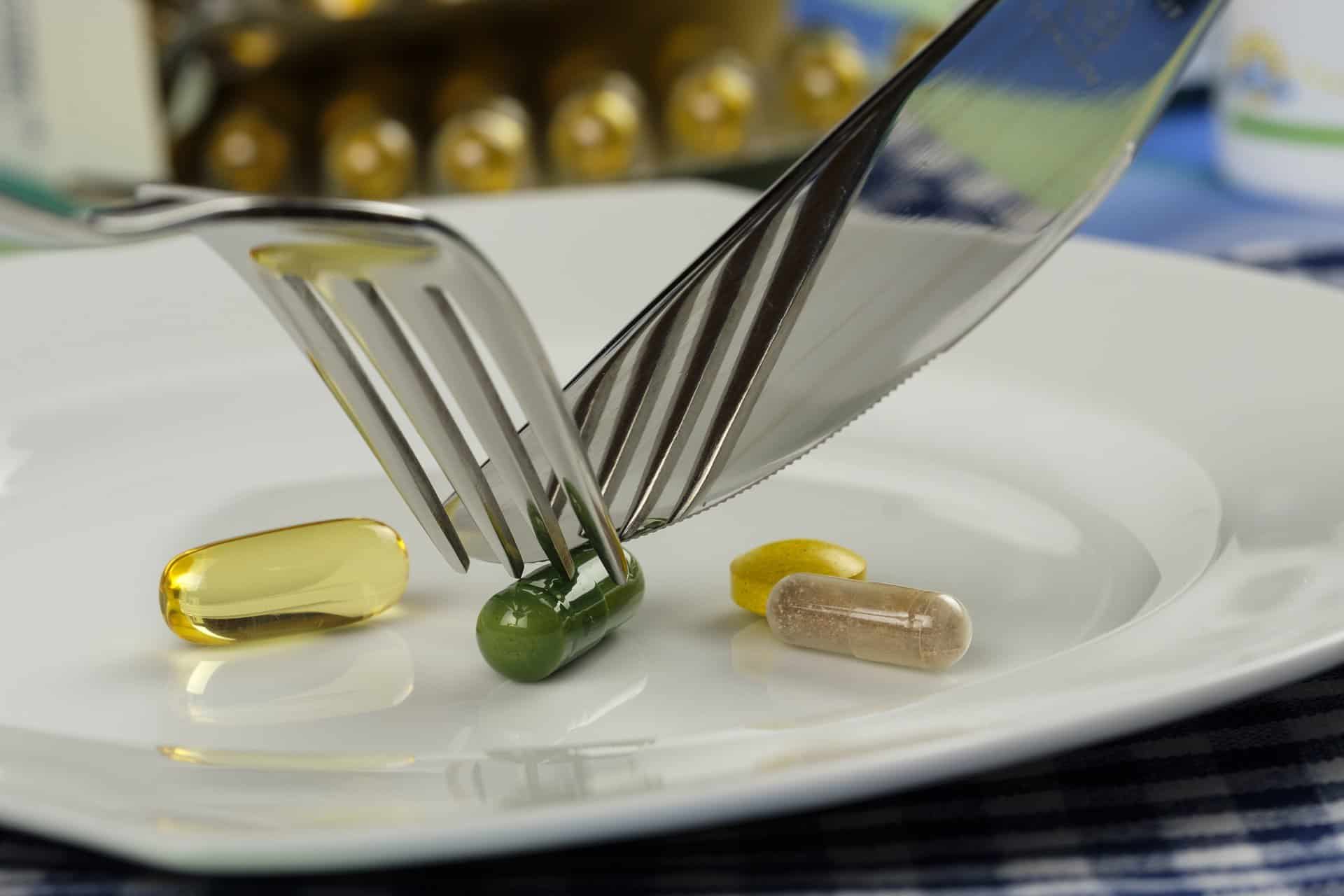Decoding Supplement Labels

Supplements aren’t a cure-all, but they can be useful for enhancing a healthy diet. Understanding how to read a supplement label is important in order to get a quality product that delivers the benefits that you want.
So, how do you read a supplement label? Let’s break it down!
Serving Size
It’s important to be mindful of a supplement’s serving size. All the information on the product’s nutrition facts label is based on the serving size listed. Check this when price comparing to get the best deal and when considering how many capsules you are willing to take. Certain multivitamins require five pills per serving, while others may only require one! Review serving size before purchasing and before consuming!
Calories
Not every supplement has significant calories (“significant” is considered more than 5 calories per serving). However, supplements, like fish oils, can contain higher calories due to their healthy fat content. A supplement might also have more calories if in a chewable or “candy” form, such as a gummy multivitamin. Gummy vitamins do contain more sugar than regular multi’s, so take this into consideration when choosing.
Key Ingredient Potency
The “key ingredient potency” is a fancy term that essentially means”these are the main ingredients in the supplement you’re taking”. If the nutrient has a recommended daily intake, it should show the percent of daily value it contains.
Percent Daily Value
The percent daily value shows you how much a single serving of a supplement meets your daily intake needs, such as for vitamins and minerals.
Note: Certain ingredients, like herbs, omega-3s fatty acids, etc., do not have an established recommended daily value.
Additional Ingredients
In the additional ingredients section, you’ll find the ingredients that are not key to a supplement’s nutritional benefits. Gel capsules, fillers, binders, thickeners, and more are listed in this section.
You’ll also find any allergens listed here, as well as any warnings about potential allergens (for example, if the facility that manufactured the supplement has potential for cross-contamination). Manufacturers are required to list any allergen ingredients, but they are not required to note potential for cross-contamination. If you have questions on what a product contains, your best bet is to call the manufacturer’s number on the label of the product. That’s what they’re for!
Quality Assurance Labels
Look for the following labels when searching for a quality supplement: NSF, USP, GMP, or Consumer Lab (CL) Quality approved. These labels indicate the supplement has been tested for purity (it’s contaminant-free), quality (it’s overseen by a third party), and identity (it contains what the label states).
Remember, if you follow a healthful diet, you’ll meet the recommended intake of nutrients set forth by the USDA. If you have questions on a supplement’s use or effectiveness for you, ask your Registered Dietitian or doctor to help you decode the research!

